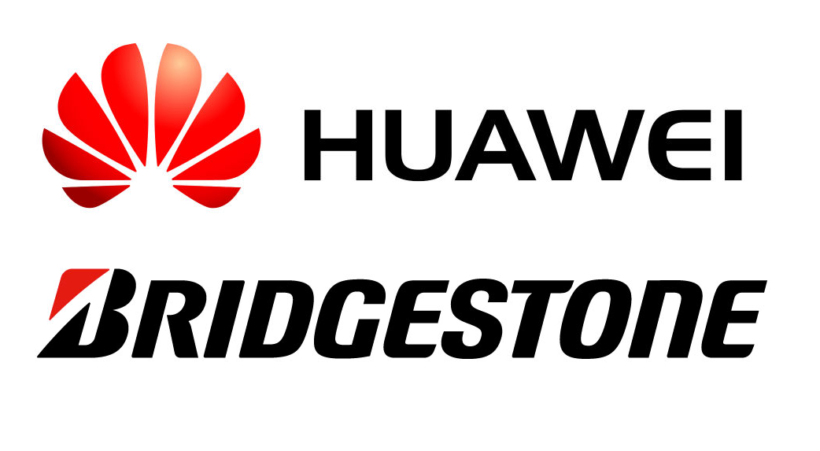On 11 February this year, the 1550 workers of the Japanese multinational Bridgestone in Argentina received the first half of last year’s “profit sharing” bonus. They will receive about $6,000 each when they receive the second payment on 11 May.
The news of this benefit for the workers of this company based in the town of Llavallol, in the province of Buenos Aires since 1931, came in a context of widespread difficulties for most workers in Argentina to stop the fall in the purchasing power of their salaries in the face of the uncontrolled inflation in the country.
“Not all employers are the same”, said Pedro Wasiejko, who led the Federation of Energy, Industry, Services and Allied Workers (FeTIA-CTA) in a television interview at the time of getting Firestone to commit to sharing future profits with its workers, while negotiating the severance pay for the layoffs the company wanted during the 2001 crisis.
“It was argued that just as workers were made to pay for the cost of the crisis, they should also share in the company’s profits when times were good. Later, in the 2006 negotiations with the sector, this clause was formalised in the Collective Bargaining Agreement,” said the trade unionist and current president of the Río Santiago Shipyard.
Firestone later merged with Bridgestone, but the agreement was maintained. In fact, in 2004, the first distribution of 33% of the surplus of the ordinary tax-free net profit exceeding 6% of the annual turnover took place. Since then, the clause has been activated five other times.
It is worth remembering this milestone, which even has constitutional backing in Argentina, because the commercial media are not very interested in showing these successes of the organised workers’ struggle. In fact, it is the only company of this size to have such a profit-sharing mechanism in the country.
“Although the last two years have been challenging for all industries, it is thanks to the efforts made by each of the parties that make up the company and a coordinated work with the government that we are announcing this benefit for each of the collaborators,” explained the company.
A few years ago, the Chinese company Huawei had become the target of international condemnations and attacks of all kinds. It was branded as “dangerous” and as a battering ram for Chinese technology to take over all our data on the basis of technological advances that had left Western technology far behind.
Yes, ok, that was a good reason for it to be part of the commercial and communicational war against the Asian giant. But, perhaps, there was also another reason behind this ruthless persecution. Global monopoly corporations are not very adept at sharing their profits, in fact, they base their growth and expansion on improving the system of exploitation on a planetary level at all links in the production chain.
Huawei is a disastrous example of this hyper-capitalist, labour-lophobic and human-destructive system. The Chinese multinational had more than 194,000 workers in December 2019, despite the attacks to which it was subjected. The company founded in 1987 by Ren Zhengfei recently published its profit balance sheet for the year 2021: almost 10 billion dollars will be distributed among its workers and only among its workers, because the company’s shares belong to them.
99% of Huawei’s shares are in the hands of its current and former employees. So perhaps it should come as no surprise that Huawei is the world’s second largest investor in research and development (R&D), with an estimated half of its workforce engaged in research and innovation.
Today, the company is already doing business in 170 countries and has 18% of the global smartphone market. And the result has not been as expected because the sanctions against the company have been severe. In fact, it cannot use Western technology in the production of any of its products because of these Western punishments.
So here we have two examples of alternative ways of managing multinational corporations. With employee attachment and control for sustained expansion and development of technologies, Huawei is second only to South Korea’s Samsung in the global market. In the case of Bridgestone, we find a company that builds employee loyalty and a workforce that welcomes new colleagues, adding to the achievements made with tenacity and unity. Employee participation in company profits is not an unrealistic utopia.










